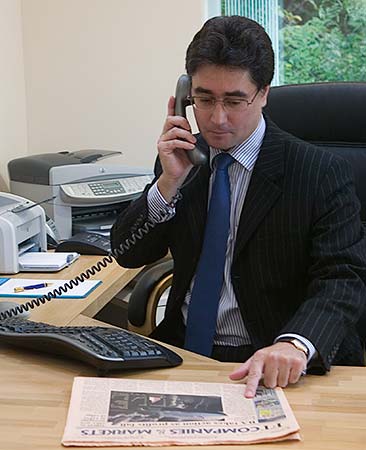‘There is international recognition that States should assist one another to prevent the unlawful removal of cultural objects including antiquities. … By Article 2 [of the Convention on the Means of Prohibiting and Preventing the Illicit Import, Export and Transfer of Ownership of Cultural Property 1970], the parties recognise that the illicit import, export and transfer of ownership of cultural property is one of the main causes of the impoverishment of the cultural heritage of the countries of origin, and that international cooperation constitutes one of the most efficient means of protecting each country’s cultural property, and the parties undertake to oppose such practices with the means at their disposal.’ (Iran v. Barakat [2007], per Lord Phillips CJ at: 155, 157).
Subject to five exceptions, the issue of whether a museum in the UK acquired good title to an ancient artefact [‘A’] before it arrived in the UK and was sold or gifted to a museum, will be decided by applying the lex situs, Winkworth v. Christies Ltd [1980]. This is a matter of expert evidence.
One of the five exceptions to the Lex Situs rule is where the foreign law is considered by the English court to be contrary to English public policy, e.g. because it favours a thief, which was posited in the City of Gotha case.
The reasoning of the Judge in The Islamic Republic of Iran v. Denye Berend [2007] demonstrates the application of the relevant principles.
So, the circumstances in which A was removed, appropriated and acquired, are relevant to a claim for an equitable remedy brought in the High Court in London.
If an expert persuades the judge that removal and appropriation was not authorised, and if it had been, that it would have amounted to a violation of international law at the time, then I would submit that the judge may infer that the removal and appropriation of A was unlawful at the time, and therefore that the museum could not have acquired a beneficial proprietary interest in A. That is because the transferor was incapable of passing title in A to the museum under English law. Therefore, the museum holds A in its collections subject to a constructive trust.
This reasoning is also pertinent to the mediation of cultural property disputes. Becuase ‘using interests rather than rights or power to frame cultural property disputes would avoid these problems and would be a more productive way to resolve such disputes. This is the case because, … creativity can create value that meets both parties’ interests.’ (Strother, Grant ‘Resolving Cultural Property Disputes in the Shadow of the Law’, Harvard Negotiation Law Review, 2014, Vol19:335S at pp. 367 – 369)’.
‘There is no such thing as a single, uniform process or set of procedures which constitute a “restitution blueprint”. Nor is there a single, defined goal or endpoint. Rather, responding to a restitution case requires you, the museum, to (re)consider your relationship with objects in your collection, their history, origins and acquisition – and most importantly, the people for whom they may have a special meaning today. Receiving a claim for restitution or repatriation can therefore be seen as an opportunity to learn and reflect, and to connect with people and the collection in new ways. Generally, the experience need not be defensive and adversarial, but can be collaborative and enriching. Sometimes, stripping back the complexities to think about issues on a human level can be helpful in overcoming the fear of difficult conversations, or of ‘making mistakes’ which can otherwise hinder progress towards resolution. It is important to be alert to the possible sensitivities of claimants, and to the deep sense of hurt and alienation which some of them may feel.’ (Art Council England – ‘Restitution and Repatriation: A Practical Guide for Museums in England’).
This is why mediation is approipriate in a cultural property dispute.
